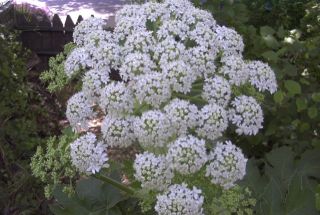Lot size: 5,200 sq. ft. lot; 99% natives (except for vegetables and fruit trees)
Garden Age: Native garden was installed in 1998
Years on the Bringing Back the Natives Garden Tour: 17
Showcase Feature
Glen has been bringing nature home for two decades. In that time, a buckeye seed he collected from Mt. Diablo has grown to a spreading, lichened tree. The garden has gradually taken on the very look and feel of the hills and woods beyond town, yet it was consciously planned, designed to provide places for people and places for other creatures. Places for people include wood chip paths that wend through the garden, benches (one placed in the welcoming shade of the buckeye), a ramada with a picnic table, and a cornucopia of fruits and vegetables.
Places for other creatures include woodland and meadowland plant communities, created from scratch from over seventy species of local native plants, grown from local seeds and cuttings. They flourish here, in their native soil, watered by rainfall only. The veil between “garden” and “nature” is dissolving. The plants grow over and into each other, seeding about and finding where they are most happy. The abundance of flowers is almost too much for a city lot.
Other Garden Attractions
• Ask Glen about the Skyline Gardens restoration project in the Berkeley Hills and find out how you can learn about native plants, restore the earth, and have fun doing so! Congratulations to Glen and crew, who recently received the prestigious Jefferson Public Service Award for their efforts.
• To Glen’s delight, over forty species of lichens, from spores in the wind, have come home to grow in the garden. Glen calls them wildlife, too.
• Stop at the large California and Dwight traffic island (1.5 blocks south of Glen’s) and check out the natives that neighbors planted.
Gardening for Wildlife
Flowers, nectar, pollen, berries, seeds, and brush provide wildlife with food and shelter; as a result, Glen has seen forty-six bird species, twelve types of butterflies, and over two hundred kinds of insects and spiders.
Spent flowers are not deadheaded, as birds search the dried blossoms for seeds, and insects lay eggs in the stems. Larval host plants (plants that butterflies and moths will lay their eggs on) include oak, flowering currant, California rose, aster, lilac, and strawberry, coyote brush, sticky monkey flower, toyon, hedge nettle, yampah, bee plant, honeysuckle, and Dutchman’s pipevine, among others. On summer nights, crickets sound again; give them the habitat and they will return!
Garden Talk 11:00 and 2:00
11:00 and 2:00 “How to create a wildlife habitat garden using local native plants” by Glen Schneider























